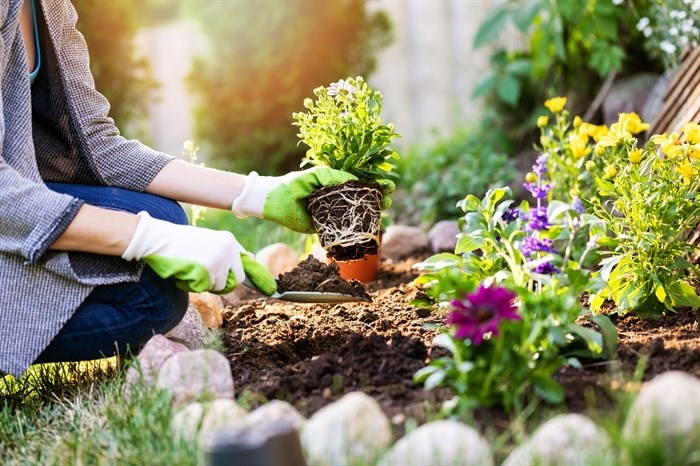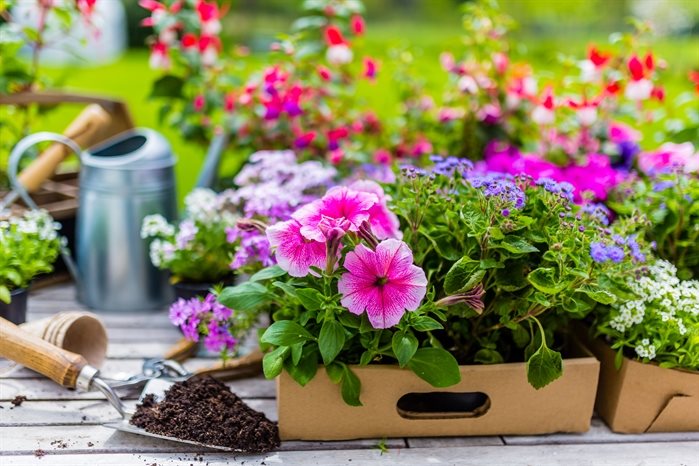When to Plant Annual Flowers in Okanagan Valley: A Gardener’s Guide
The Okanagan Valley, a region of unique microclimates, sets the stage for gardening enthusiasts and planting flowers that signal the start of spring. Bright Petunias, sunny Marigolds, Zinnias, and the happy little faces of Pansies – these are the treasured gems that require perfectly timed planting to thrive. The key to successful planting lies in the delicate balance of timing, understanding local weather patterns, and choosing the right blooms that can brave the shock of any late frosts. Typically, it's wise to wait until the danger of the last frost has passed before sowing annuals directly into the ground or transferring your nurtured seedlings outdoors. This generally means aiming for a planting date in late spring, often situated around the last week of May or the first week of June, though it pays to be attentive to the current year's conditions.
Petunias
Petunias are not just popular, they are resilient; however, they do require that the soil temperature not dip below 11°C (51.8°F). This warmth settles into the valley’s soil typically mid to late spring, so preparing to plant petunias around this time will foster a healthy start.
Marigolds
Marigolds are as sun-loving as they come, and their relationship with frost is non-negotiable. They thrive when the evenings consistently remain above 10°C (50°F), a rhythmic climate pattern usually embraced by early June in the Okanagan Valley.
Zinnias
Zinnias ask that you wait for consistently warm days and nights. They are quickest to flourish when planted just after the last frost, taking full advantage of the ensuing warmth to affirm their foundations in the soil. For a specific planting date, check the current information in the almanac for your region.
Pansies
Contrary to their gentle name, pansies have a robust tolerance for cooler conditions and can be planted earlier than their companions, often as soon as the soil can be worked in spring. Yet, to weather any unforeseen frost, they still prefer the retreat of a warm day following a chilly night.
Check the Local Forecasts
While historical data provides a sturdy backbone to inform your planting decisions, do not underestimate the importance of staying updated with the latest weather forecasts. Conditions can shift, and being equipped with current information will safeguard your flowers against frost.
Prepare your Garden
In anticipation of planting, begin preparing your garden beds. Enrich the soil with compost and arrange protective measures such as mulch or cold frames that can offer a buffer should an unexpected frost descend upon the valley.
For more information on when to plant, you can check out the almanac for your region. If you need to prepare your land for building or agriculture, give Twincon a call to get your project started.
TwinCon Enterprises started in the heart of the Okanagan Valley and quickly grew to become one of the largest excavation companies in the Southern Interior Region. They specialize in earth moving, civil construction, subdivision development, and landscaping.






